

Max Davies
2026 Toyota HiAce review
4 Hours Ago
An Australian study of crash data designed to eliminate confounding factors has found DRLs can make a big impact reducing crashes.

Senior Contributor
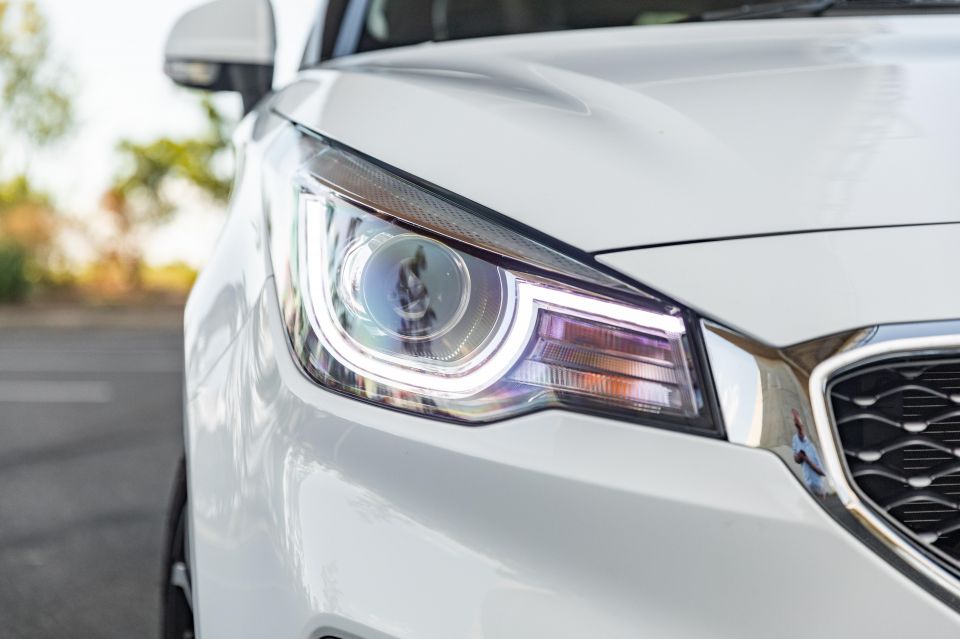

Senior Contributor
Vehicles fitted with automatic daytime running lights (DRLs) are statistically more likely to avoid a visibility-based crash than cars without, according to a recent Australian study.
The study uses police data to estimate how much DRLs reduce the risk of being involved in a non-nighttime multi-car impact, in which vehicle visibility may be a factor in crash causation.
The results with confounding factors taken into account? A “statistically significant” 8.8 per cent reduction in risk, greater again at higher speeds and at both dawn and dusk compared to bright daylight.
The study can be found in the Journal of Safety Research, and was authored by Angelo D’Elia and Stuart Newstead from the influential Monash University Accident Research Centre in Melbourne.
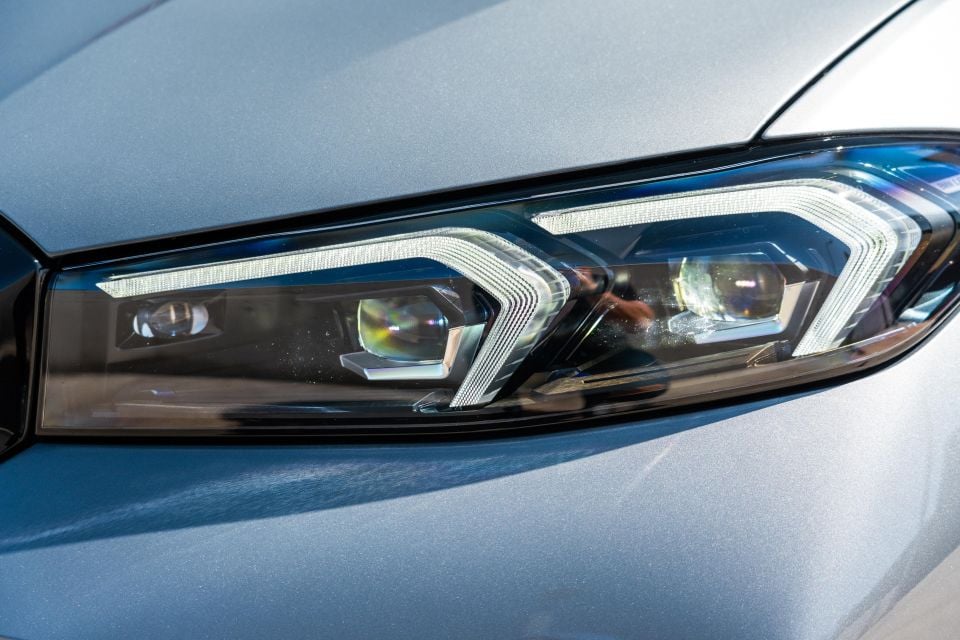
“From an Australian perspective, while studies exist using data from other jurisdictions, there has been uncertainty about how effective DRLs would be under Australian environmental conditions, which can differ from other parts of the world,” the authors wrote.
DRLs are lights that come on automatically whenever a vehicle engine is started in daylight. They’re designed in such a way as to improve vehicle visibility in these conditions, and are automated so drivers cannot forget to have them operating.
They are now ubiquitous in Australia if not mandated, standard on even cheap and cheerful cars like the MG 3 and Kia Picanto. Most these days use LEDs rather than halogen bulbs, and they also have their own section in the Australian Design Rules, falling under ADR 76.
They’re compulsory in many parts of the world – the European Union has mandated them since February 2011 – and there are studies proving their efficacy from Europe and the US.
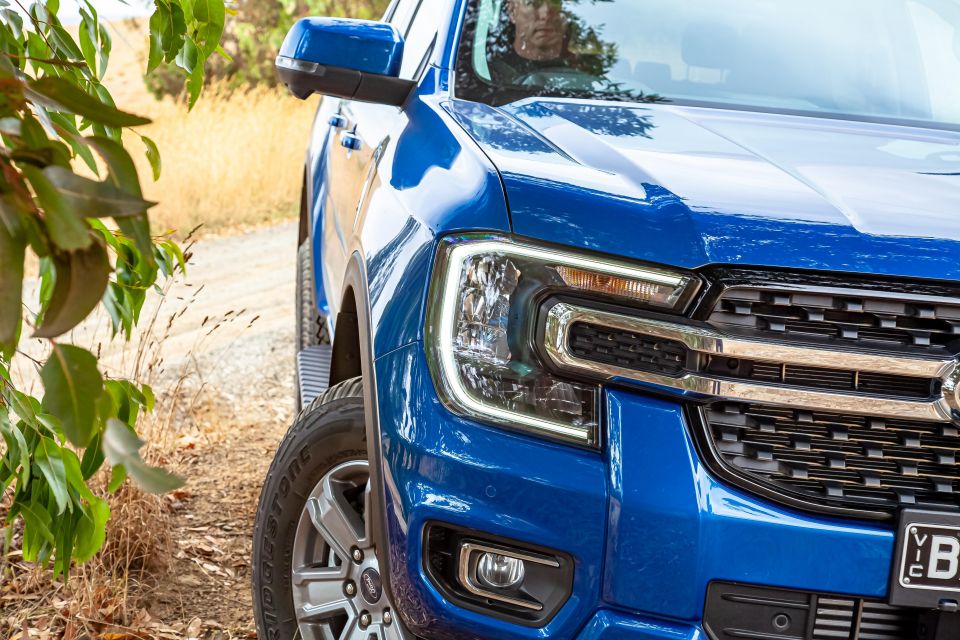
This Australian study used crash data from New South Wales, Victoria, Queensland and Western Australia to estimate the impact of DRLs on casualty crash risk, and to look at their real-world effectiveness.
Data from these source jurisdictions was combined, and stratified by light condition at the time of crash, speed zone at the crash location, and the State in which the crash occurred.
The file consisted of 119,606 casualty crashes, of which 11,013 (9.2 per cent) had at least one vehicle involved in the crash fitted with DRLs as a standard feature.
One caveat is the fact the data isn’t entirely contemporary, since it used police-reported casualty crash data for crashes that occurred during 2010–2017. However the final report was only published for the public in February 2023.
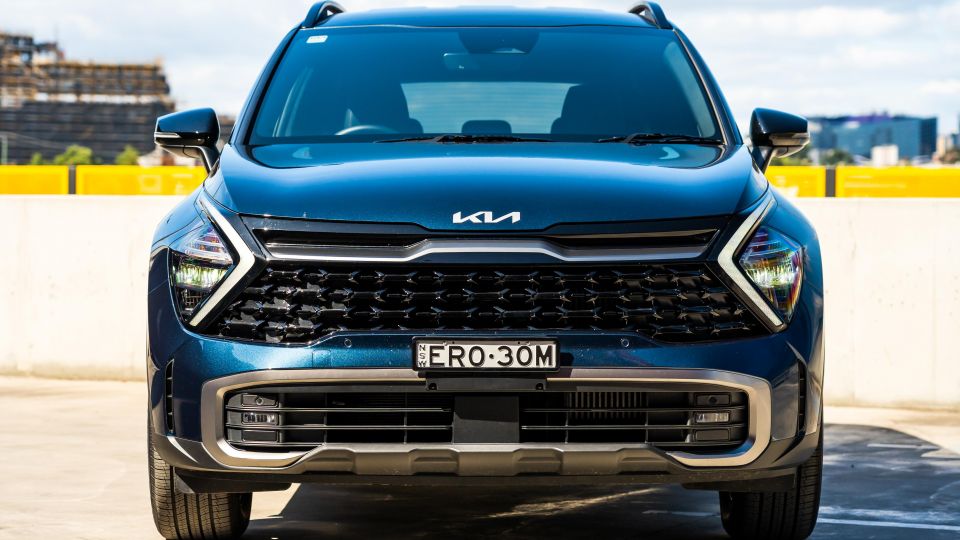
Vehicle info obtained separately including the VIN meant the authors could determine which cars had DRLs, using Redbook spec data. Cases where DRLs were offered as an option were removed.
In daylight there was found to be a reduction in crash risk of 7.6 per cent associated with DRL fitment, whereas at dawn or dusk there was a reduction in crash risk of 20.3 per cent.
Overall, DRL fitment was associated with a highly statistically significantly decrease in crash risk of 8.8 per cent.
In speed zones under 75km/h the average reduction in crash risk linked to DRLs was 7.7 per cent, growing to 13.8 per cent in speed zone above 75km/h.
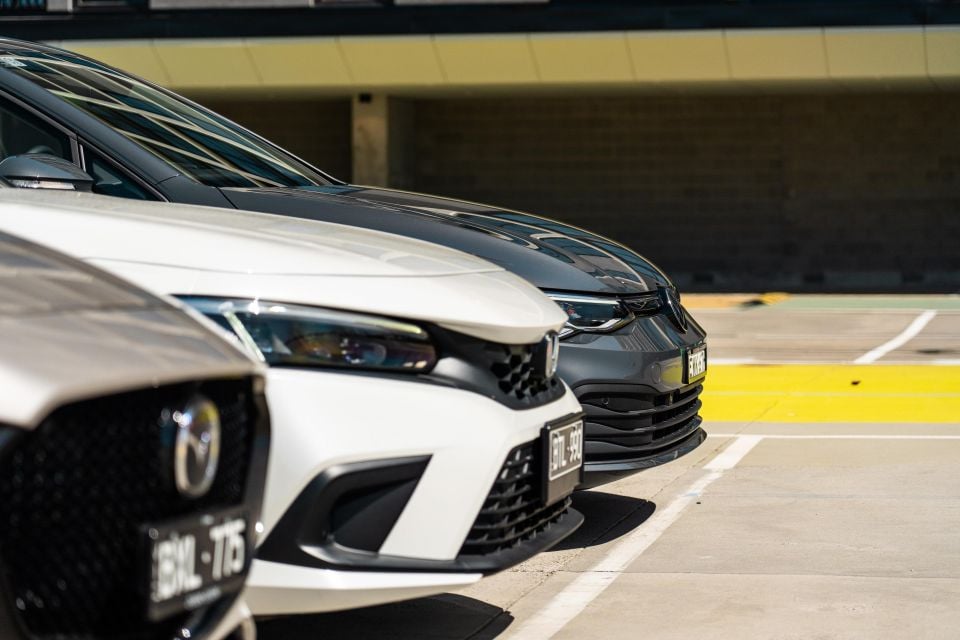
The largest estimated relative risk reduction associated with DRL fitment was 23.8 per cent for crashes at dawn or dusk in zones with posted speed limits above 75km/h.
“[The] results provide clear evidence that DRLs should be considered for mandate on all new vehicles to accelerate the process of fitment through the fleet,” the authors stated.
“This would likely lead to reductions in the overall crash risk of the fleet, although the magnitude of the potential reduction is likely to be smaller on average than the effect of some of the latest primary vehicle safety technologies currently available.”


Max Davies
4 Hours Ago


William Stopford
20 Hours Ago


Ben Zachariah
21 Hours Ago


Derek Fung
22 Hours Ago


Matt Campbell
1 Day Ago


William Stopford
2 Days Ago